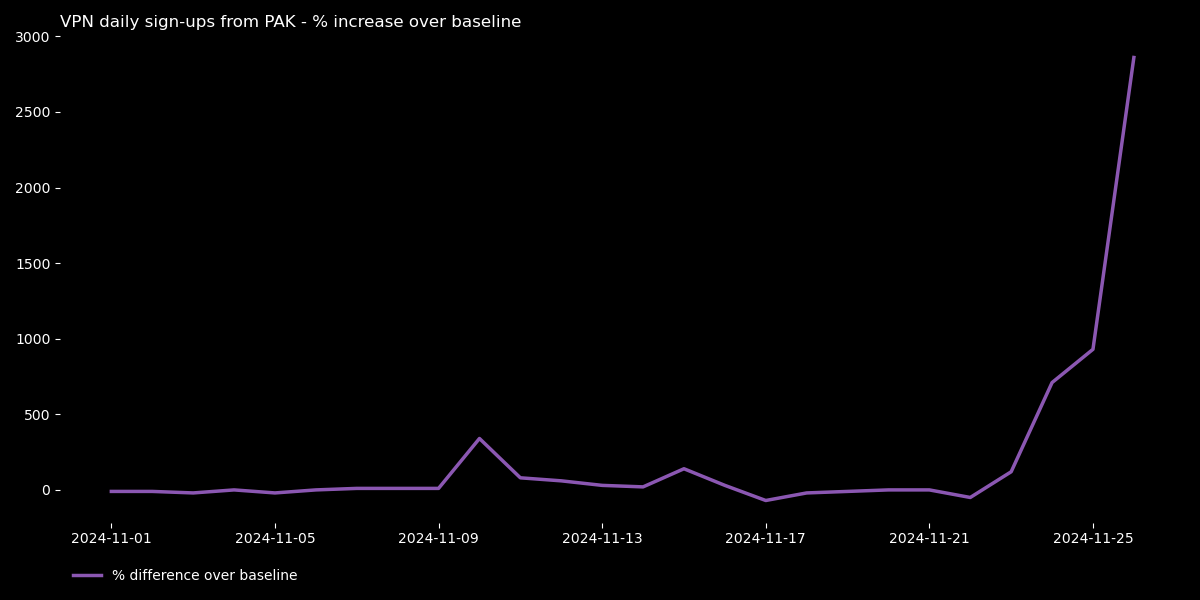- A more expensive Raspberry Pi may not please everyone, so I looked for an alternative x86 model
- The Pi is still great for tinkerers and for enthusiasts
- But I feel that RPi did "An Apple" - 50% more expensive for 2x RAM is quite unexpected
The Raspberry Pi Foundation recently introduced the Raspberry Pi 5 with 16GB of RAM, with the increased memory set to benefit heavyweight distributions such as Ubuntu for desktop use cases. But the new model is priced at $120 - nearly twice as expensive as the 8GB one, and very pricey for a single-board computer, which raises the question: could a better device be found for the same price? The answer is a resounding yes.
The Dreamfyre Mini PC (DR02) offers a competitive x86 option with superior specifications and an actual case for $120 on Amazon. Designed for home, educational, and professional use, it is powered by a 12th Gen Intel Celeron N95 processor, capable of reaching speeds of up to 3.4GHz.
The mini PC, which comes with Windows 11, measures 116 x 116 x 46mm, weighs only 0.5kg, and is equipped with 16GB of LPDDR4 RAM and a 512GB M.2 SSD. You can expand the storage to up to 2TB if you need extra capacity. The inclusion of a silent fan cooling system ensures solid performance with minimal noise when under load, making it ideal for quiet environments like offices or study spaces.
No flashing lights
The device can drive three 4K UHD (3840 x 2160) screens via its triple HDMI 2.1 ports. There are three USB 3.0 Type-A ports, a single USB-C port, a 1000MB/s LAN port and a headphone jack. The fuss-free design of the mini PC omits distracting LED lights, making it suitable for professional settings. Wireless connectivity is provided via Wi-Fi 6 and Bluetooth 5.0.
While the Dreamfyre Mini PC is clearly not a direct alternative to the Raspberry Pi 5 - lacking the Pi's GPIO pins and extensive community support essential for hardware projects, prototyping, and educational use - it is a versatile and powerful alternative for those seeking an affordable mini PC for general computing tasks, and it looks good.
There are only two reviews for the Dreamfyre Mini PC on Amazon at the moment, but both are five-star.
You may also like
- Looking for a bit more power? Check out our list of the best mobile workstations
- These are the best business laptops around right now too
- This mini PC has a rare expansion connector that no rival offers
from Latest from TechRadar US in News,opinion https://ift.tt/68suaXO

